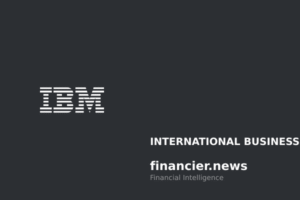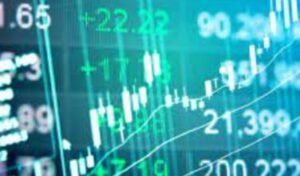$KOSPI $KRW $BTC
#SouthKorea #MarketSupport #FinancialTurmoil #CentralBank #MonetaryPolicy #Investors #MarketStability #KoreanEconomy #GlobalMarkets #CurrencyMarkets #MarketIntervention #EconomicPolicy
South Korea has stepped forward with a firm pledge to support its financial markets amidst ongoing global and domestic turmoil. The nation’s central bank, the Bank of Korea, underscored its commitment to stabilizing volatile markets by declaring it is keeping all policy options on the table until conditions improve. This proactive stance reflects growing concerns over both external economic uncertainties and internal vulnerabilities. The Bank of Korea is closely monitoring the situation as it assesses whether targeted interventions or broader monetary easing might be necessary. Market participants have responded cautiously, eyeing potential government and central bank actions in the coming weeks.
Financial markets in South Korea have been facing significant pressure, with the benchmark KOSPI index experiencing heightened volatility recently. Global factors such as geopolitical uncertainty, rising interest rates in advanced economies, and slowing growth in China—South Korea’s largest trading partner—have contributed to investor anxiety. Domestically, additional concerns stem from rising household debt levels and a depreciating won ($KRW). Should the central bank lean toward support measures, such as rate cuts or liquidity injections, the focus will shift to how quickly these actions translate into market stability and investor sentiment improvement. Any major move could also affect the South Korean won in foreign exchange markets, where it has already faced sharp depreciation against major currencies like the U.S. dollar.
Beyond simply addressing risk factors, South Korea’s financial authorities are likely trying to instill confidence among retail and institutional investors. The Bank of Korea’s readiness to act underscores a broader commitment to safeguard the nation’s economy from adverse spillover effects. Intervention, if implemented, might also impact other asset classes, including cryptocurrencies such as $BTC, which have seen increased trading activity from South Korean investors. Any shift in risk appetite within traditional markets often has a ripple effect on speculative assets like crypto. For instance, if market stabilization efforts succeed, risk-on sentiment could prompt capital inflows into equities while curbing volatility in cryptocurrency markets. Conversely, prolonged uncertainty could escalate outflows, putting additional pressure on digital asset prices.
International market observers are beginning to monitor the potential global ramifications of South Korea’s financial and economic moves. As a key participant in the global supply chain and a hub for tech and automotive industries, sustained market instability in South Korea could have worldwide implications. A commitment to stabilize markets might reduce this risk, fostering resilience within interconnected global markets. However, significant shifts in monetary policy or aggressive interventions could introduce further volatility as foreign investors reassess their positions and exchange rate fluctuations. For now, the central bank’s “all options open” stance signals flexibility and decisiveness, leaving market-watchers to anticipate the next steps in South Korea’s economic policy response.











Comments are closed.